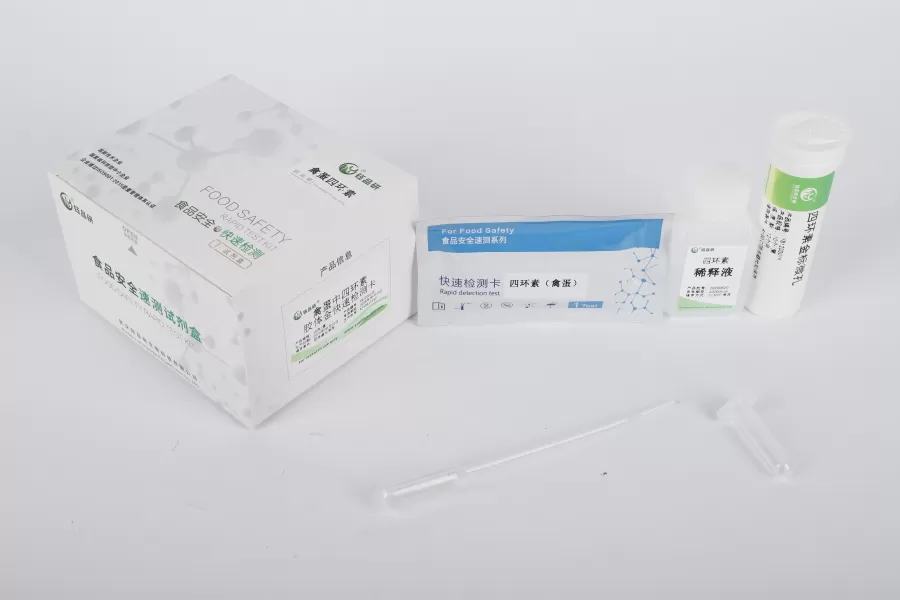As an important by-food in our country, the quality and safety of poultry eggs are directly related to consumer health. As a broad-spectrum antimicrobial, florfenicol has been widely used in the breeding industry to prevent and treat bacterial infections, but excessive or improper use may lead to residues in poultry eggs, which pose latent risks to human health. Therefore, it is essential to establish an efficient and accurate rapid detection program for residues such as florfenicol in poultry eggs, and the application of professional instruments is the core support to achieve this goal.

traditional egg residue detection methods rely on large laboratory equipment, such as gas chromatography-mass spectrometry (GC-MS/MS) or high-performance liquid chromatography (HPLC). Although the detection results are accurate, the operation process is complicated and time-consuming (usually 2-4 hours), and the professional skills of operators are high, which is difficult to meet the needs of rapid screening and daily supervision in the market. With the development of technology, rapid detection technologies based on enzyme-linked immunosorbent assay (ELISA) and colloidal gold immunochromatography have gradually matured. With special detection instruments, rapid screening of fluorfenicol and other residues in poultry eggs can be realized.
The application of professional instruments in the rapid detection of florfenicol residues in poultry eggs is mainly reflected in the following aspects: First, the enzyme-linked immunoassay analyzer shortens the traditional ELISA detection time to within 30 minutes through automated sampling, incubation, plate washing, and reading processes, and the detection sensitivity can reach ng level, which can meet the national standard limit requirements; second, the colloidal gold immunochromatograph adopts immunochromatography technology and cooperates with the test strip rapid reaction module to complete the detection result interpretation within 10-15 minutes, which is suitable for on-site rapid screening and primary supervision; third, some portable fluorescence detectors integrate sample pretreatment and detection functions, and realize the quantitative analysis of florfenicol residues by detecting the fluorescence intensity of the sample at a specific wavelength, with a detection limit of 0.1 μg/kg. And no complex reagents are required.
In practical applications, the choice of professional instruments needs to be combined with the detection scenario: high-precision enzyme-linked immunoassay analyzer or HPLC can be selected for factory inspection to ensure data accuracy; on-site sampling by market supervision departments gives priority to colloidal gold immunochromatograph or portable detector to achieve rapid screening; while scientific research institutions or third-party testing laboratories can be configured with multi-module joint system, taking into account the needs of rapid screening and confirmation. In addition, the degree of automation and ease of operation of the instrument also need to be considered, such as instruments equipped with touch screens, built-in detection method libraries, and instruments that support data network upload, which can better meet the needs of large-scale detection.
the application of professional instruments for rapid detection of residues such as florfenicol in poultry eggs, not only greatly improves the detection efficiency, reduces labor costs, but also realizes the transformation from "post-event supervision" to "process prevention and control". Through real-time monitoring of breeding, acquisition, processing and other links, unqualified eggs can be detected and eliminated in time, effectively blocking the risk chain, and building a solid line of defense for food safety. In the future, with the development of microfluidic chips and nano-detection technology, professional instruments will evolve to a more miniaturized, intelligent and low-cost direction, and promote the safety detection of poultry eggs into the "minute level" era.

